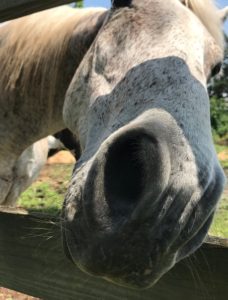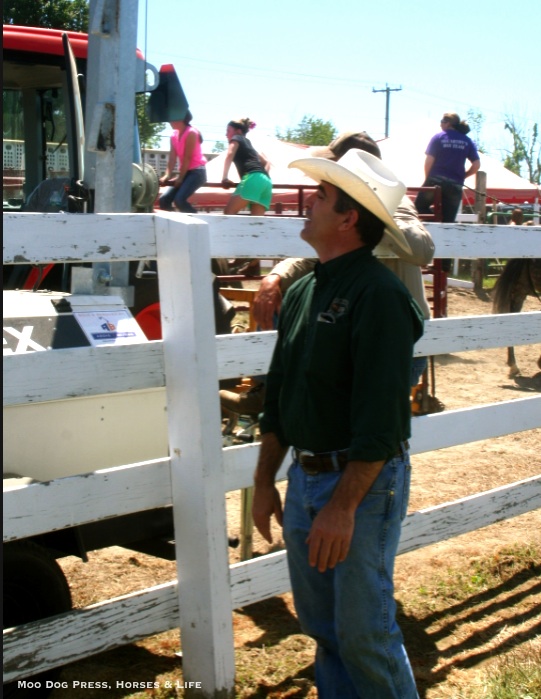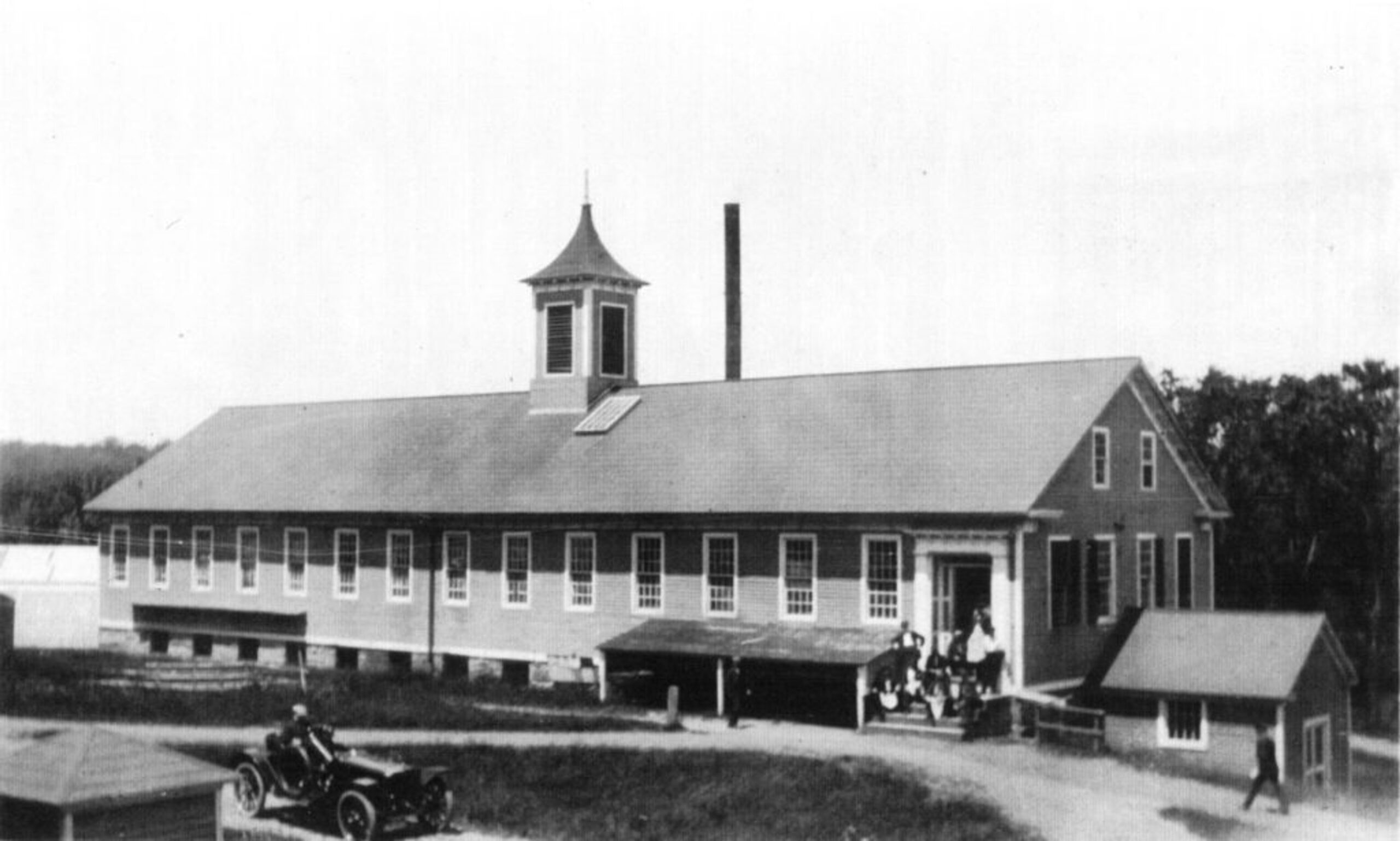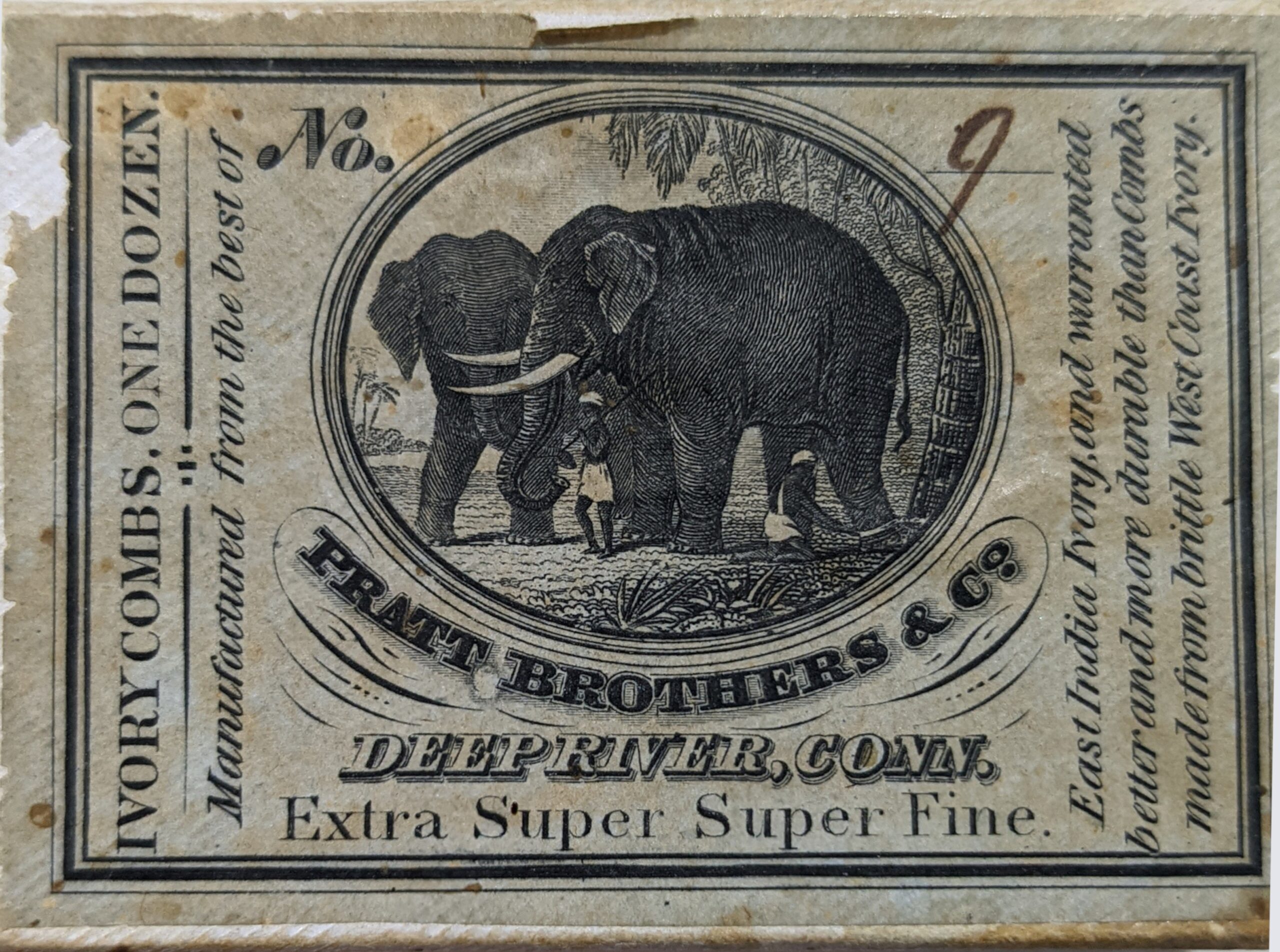All Of Us
“The content of your character is your choice. Day by day, what you do is who you become. Your integrity is your destiny – it is the light that guides your way.” Heraclitus
Working and writing, distilling life and listening, watching. Some people stand out because of their work, commitment to community. A stew of what is noticed, actions, choices, vision follows.
My little man and I went to watch some few dances pic.twitter.com/RKLtNbgEb1
— Sharon Chischilly (@schischillyy) May 30, 2023
“Show me your horse and I will tell you who you are.”
Open Practice from 2016 story/video demonstrating skills and teamwork between horse and rider.
Connect and grow.
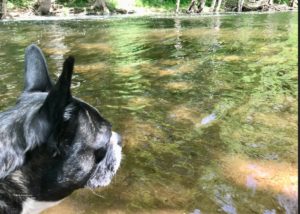
On the Coginchaug River, which flows northward through Middletown, Connecticut. Wild rice in the Meadows.
💰Pre-seed and seed investors: there are underrepresented founders looking to add us to their cap tables but don't know who we are. Leave your deets for them to reach out.
💁🏽♀️Investor type:
🔮Thesis:
🌱Stage:
💸Check-size:
🙌🏽Leads or follows:
🌎Geo:
✉️Contact:— Lolita Taub (@lolitataub) May 29, 2023
Never forgotten, my Great Uncle Captain William F. Murphy 81st Inf Div was KIA on Peleliu in 1944. He lies at rest in Arlington National Cemetery surrounded by so many other American heroes. 🇺🇲 ✟ 🍀
Memorial Day pic.twitter.com/ErNVV1rJNL— SK (@eastonaxe) May 29, 2023
Ask most children what they want to be when they grow up, and the top answers usually include firefighter, pilot, teacher, veterinarian, photographer, reporter, writer, artist… and a human who can ride horses.
Gymkhana is a timed obstacle race on horseback, so practice, knowing your horse and your own skills combine. To watch is amazing because there is so much heart, teamwork, knowledge and conditioning involved.
“A good gymkhana horse must have the speed of a race horse, the turning quickness and agility of a cutting horse and the control and responsiveness of the stock horse.”
In recent years Gymkhana has been steadily gaining in popularity. New events have been designed for competition between riders which bring into play the abilities of the rider and the speed and handiness of the horse. A number of events such as Barrel Racing, Pole Bending, and the Arena Race, can be found at gymkhanas throughout the U.S. Think of it as field day for horse and rider.
Fun day, June 4.
Spectators welcome. Bethany, Lock Stock & Barrel Farm Store. https://t.co/HMfAA2OHLG pic.twitter.com/DlO6hLi2va
— Moo Dog Press (@MooDogPress) May 23, 2023
As for the origin of the word (etymology is fascinating), “gymkhana (n.) 1854, Anglo-Indian, said to be from Hindustani gend-khana, literally ‘ball house,'” said in Yule & Burnell's 1886 glossary of Anglo-Indian words to be ‘the name usually given in Hindu to an English racket-court.' The second element is from Middle Persian khan ‘house,' from Iranian *ahanam “seat,' from PIE *es- “to sit.' Altered in English by influence of gymnasium, etc.” — Etymonline.com
Editor's note: By the way, the details of the 2016 video; the set of equine ears seen swiveling in the foreground belong to Dunny, a Quarter horse gelding; friend Brianna Poissant is in the saddle.
Listen to what the biodiversity interconnectedness of life on our one planet is saying. https://t.co/spz67gzERr
— Moo Dog Press (@MooDogPress) May 30, 2023
Ants and peonies.
Ants and trillium. pic.twitter.com/k9SSh1XH6Q
— Moo Dog Press (@MooDogPress) May 30, 2023
The @LakeOfScars is new to stream on DocPlay. A tale of allyship, environment and heritage on Dja Dja Wurrung country told by Uncle Jack Charles. A film by @billcode. pic.twitter.com/qGZP5Y1E5F
— DocPlay (@DocPlayNow) November 28, 2022
Coming up, catching up. Elephants to Pratt Street. A pond, a place. Learning about a pandemonium of parrots. That pencil-like cupola seen on commutes emerging into the world and with an incredible mission, history, community.

